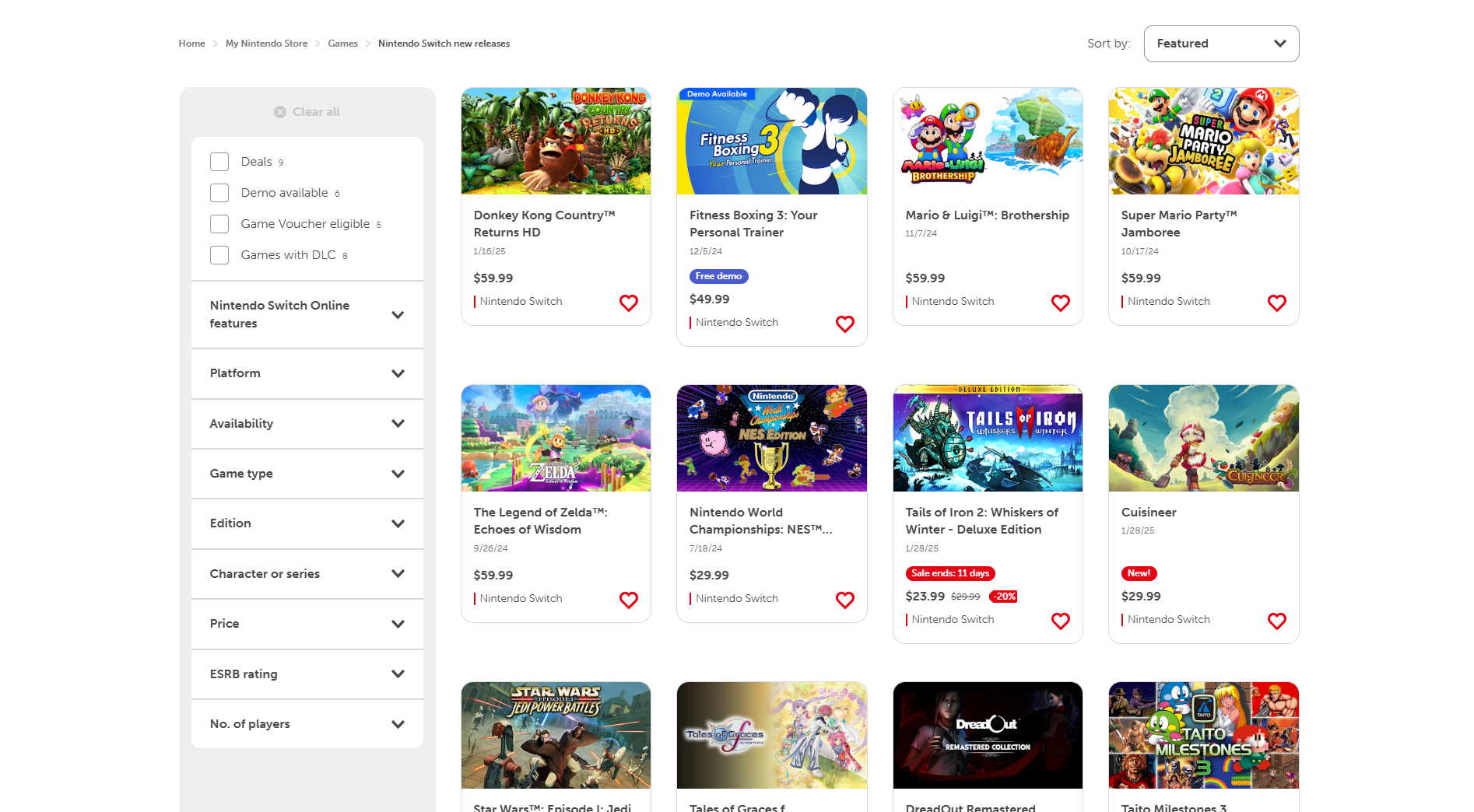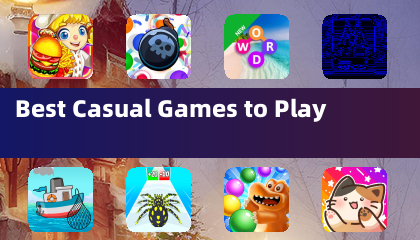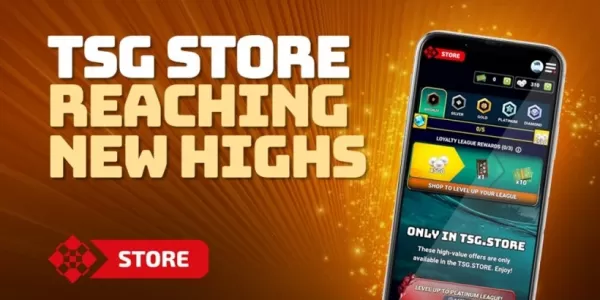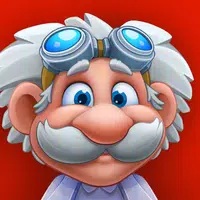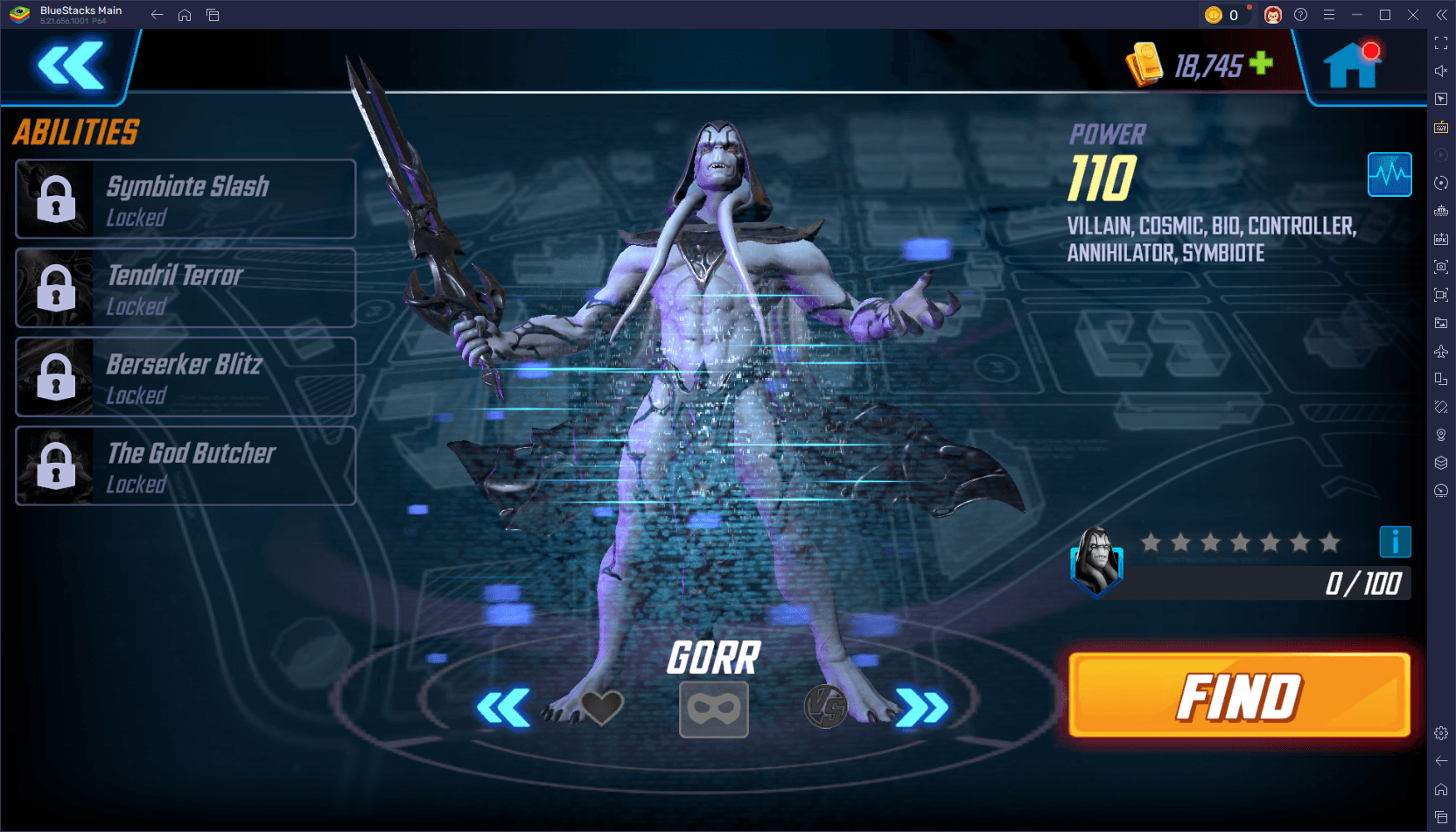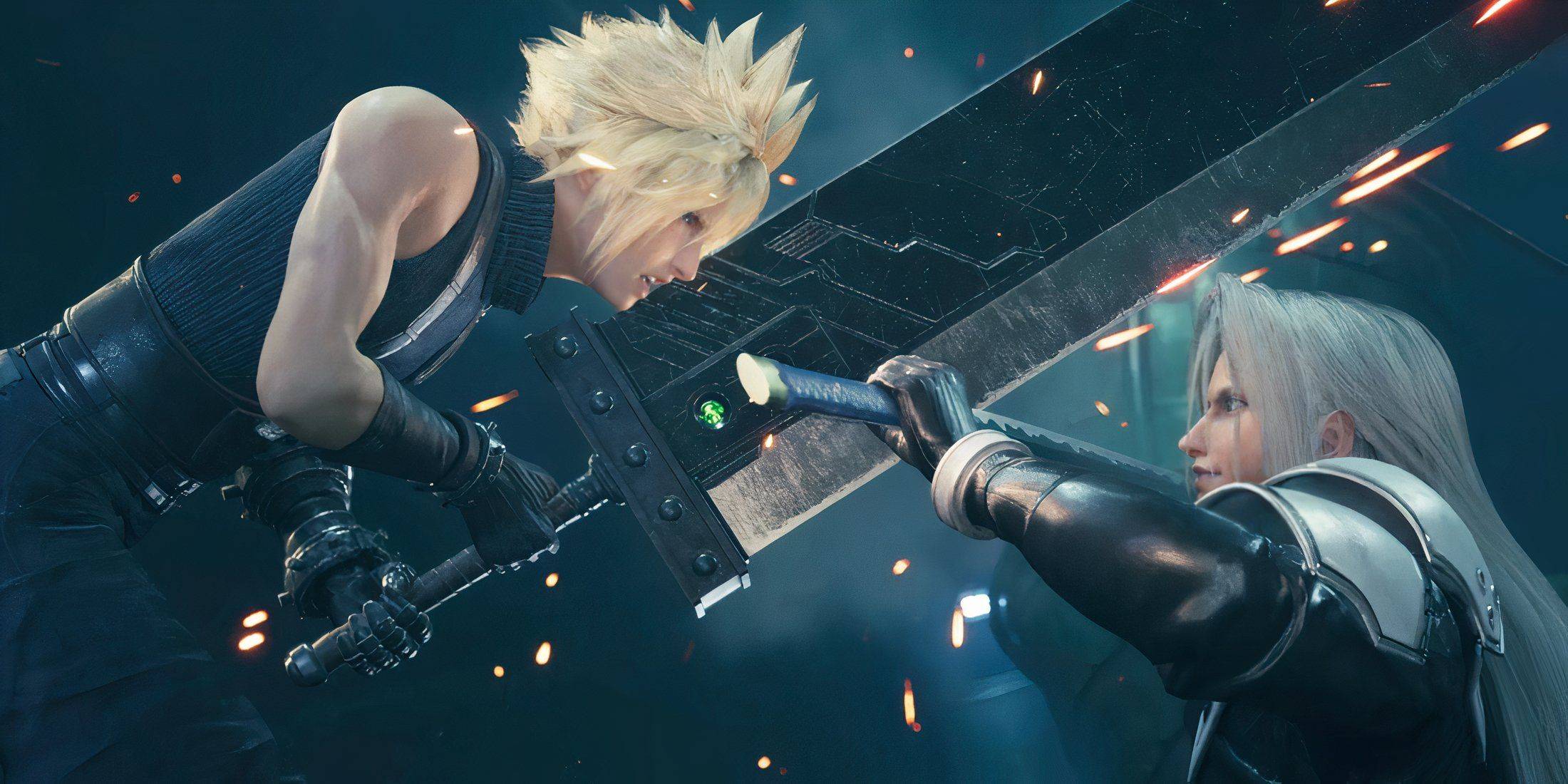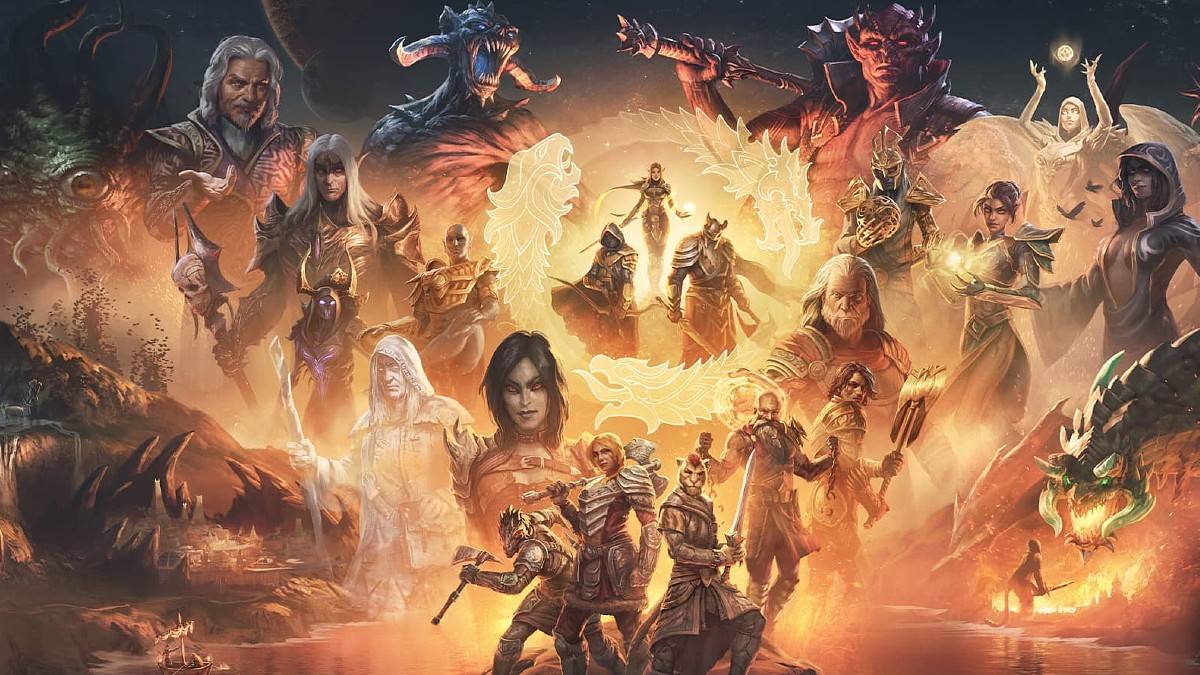The PlayStation Store and Nintendo eShop are experiencing an influx of low-quality games, often described as "slop," raising concerns among users. These games, frequently simulation titles, utilize generative AI and misleading marketing materials to attract unsuspecting buyers. This issue, initially prominent on the eShop, has recently spread to the PlayStation Store, particularly impacting the "Games to Wishlist" section.
The problem isn't merely the presence of subpar games; it's the overwhelming volume of strikingly similar titles, often featuring perpetually discounted prices, themes mimicking popular games (sometimes outright copying names), and AI-generated assets that poorly represent the actual gameplay. These games are typically plagued by technical issues, poor controls, and a lack of engaging content. A small number of companies appear responsible for this mass production, making them difficult to identify and hold accountable due to limited online presence and frequent name changes.
User frustration has led to calls for stricter storefront regulation, especially given the eShop's declining performance under the strain of this influx. To understand the situation, an investigation into the game release process across different platforms—Steam, Xbox, PlayStation, and Nintendo Switch—was conducted.
The Certification Process
Interviews with eight game development and publishing professionals (all requesting anonymity) revealed insights into the certification process. Generally, developers pitch their games to platform holders (Nintendo, Sony, Microsoft, or Valve), gaining access to development portals and devkits (for consoles). They then complete forms detailing game specifics and undergo certification ("cert"), where the platform checks for compliance with technical requirements, legal adherence, and ESRB rating accuracy. While Steam and Xbox publicly share their requirements, Nintendo and Sony do not.
A common misconception is that certification equates to quality assurance. It does not; developers are responsible for pre-submission QA. Platforms primarily verify code compatibility with hardware specifications. Rejection often comes with limited explanation, particularly from Nintendo.
Store Page Review
Platform holders require accurate game representation in store page screenshots, but enforcement varies. While Nintendo and Xbox review all page changes, PlayStation performs a single check near launch, and Valve only reviews initially. Diligence in verifying the accuracy of game descriptions and asset representation also differs significantly, with some platforms prioritizing developer self-regulation. Penalties for misleading materials typically involve removal of the offending content, not necessarily developer delisting. Importantly, none of the console storefronts have explicit rules against generative AI use in games or marketing materials, though Steam requests disclosure.
Platform Differences
The disparity in "slop" prevalence across platforms is attributed to several factors. Microsoft's game-by-game vetting process, unlike Nintendo, Sony, and Valve's developer-based approach, makes it less vulnerable to mass low-quality releases. Xbox's hands-on approach and high standards contribute to its relatively cleaner storefront.
Nintendo's developer-based approval system, coupled with a lack of robust store page review, has made it susceptible to exploitation. Tactics like perpetually extended sales and rapid bundle releases manipulate the "New Releases" and discount sections, pushing out higher-quality games. PlayStation's "Games to Wishlist" sorting by release date exacerbates the problem, highlighting upcoming games with vague release windows, many of which are low-quality titles.
Steam, despite having a potential for similar issues, benefits from superior discoverability options and a constantly refreshed new releases section that dilutes the impact of individual low-quality games. Nintendo's unfiltered "New Releases" section, however, directly contributes to the problem.
Potential Solutions and Concerns
Users have urged Nintendo and Sony to improve storefront regulation. While Sony has taken action against similar issues in the past, the effectiveness of platform-driven regulation remains uncertain. Attempts like Nintendo Life's "Better eShop" filter, while well-intentioned, highlight the risk of accidentally targeting legitimate games. Concerns exist that overly aggressive filtering could harm quality software, and the subjective nature of judging game quality adds to the challenge. The sheer volume of submissions and the human element in review processes also contribute to the difficulty in effectively addressing the issue. The browser-based eShop's superior functionality compared to the console app suggests potential for improvement in future iterations.

